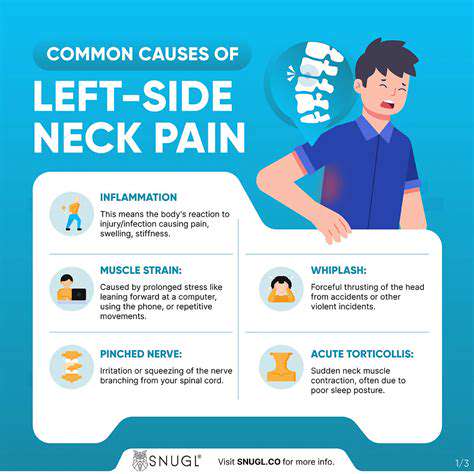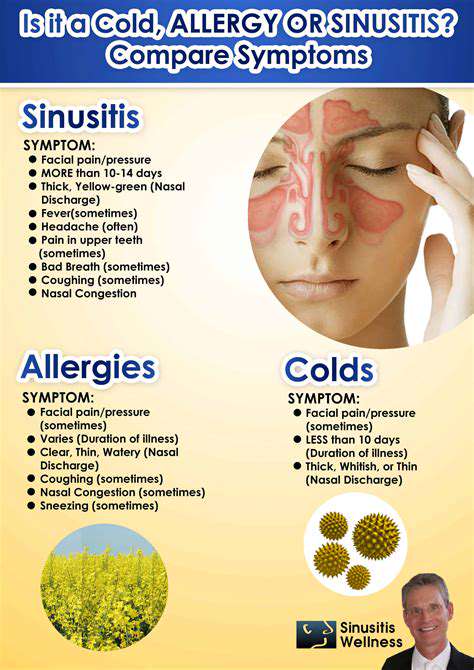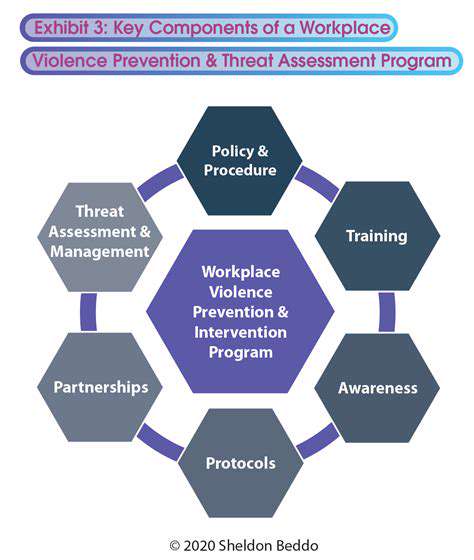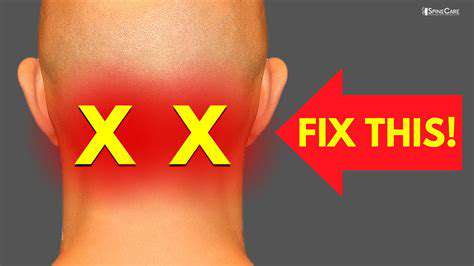The Role of Regular Exercise in Managing Migraines
The Link Between Exercise and Migraine Relief

The Physiological Benefits of Movement
Consistent physical movement profoundly influences our body's natural processes, offering multiple advantages for those who experience migraines. When we engage in activities like brisk walking or swimming, blood circulation improves throughout our system. This enhanced blood flow may decrease both how often migraines occur and how severe they become. Better circulation means more oxygen reaches the brain, which plays a critical role in preventing migraine triggers. Additionally, regular movement helps balance our stress response system, a well-known contributor to migraine episodes.
Maintaining an active lifestyle also supports healthy weight management. Since excess weight often correlates with increased migraine susceptibility, staying physically active helps reduce this risk factor. By keeping our body at a comfortable weight, we lessen unnecessary physical strain that might otherwise trigger headaches.
How Movement Affects Mental State
The benefits of physical activity extend far beyond the body to influence our psychological state. Emotional factors like tension, worry, and low mood frequently act as migraine triggers. Movement serves as a natural mood enhancer, stimulating the release of feel-good chemicals that promote relaxation. This emotional balance may lead to fewer migraine episodes over time. Furthermore, people who exercise regularly often experience better sleep patterns, which is particularly important since sleep disturbances commonly affect migraine sufferers.
Movement and Brain Function
Physical activity directly impacts how our brain chemicals function, altering substances that control how we perceive pain. Research indicates consistent movement increases natural pain-relieving chemicals called endorphins. These substances may help reduce migraine-related discomfort. Exercise also influences other brain chemicals, potentially changing how our body reacts to migraine triggers. Understanding these complex interactions helps develop better approaches to managing headaches.
Nutrition and Physical Activity
A nutritious diet plays a vital role in migraine management, and physical activity complements these dietary efforts. Eating plenty of fresh produce, whole grains, and lean proteins provides necessary nutrients for overall wellness. Combining healthy eating with regular movement can dramatically lower bodily inflammation, often connected to migraine occurrences. Physical activity also helps maintain steady blood sugar levels, another important factor in preventing headaches.
Movement as Part of Treatment
Incorporating physical activity can be an excellent addition to traditional migraine treatments. While not replacing medical care, movement serves as a powerful tool for reducing headache frequency and severity. Making exercise part of a complete migraine management plan leads to better overall health. When combined with stress reduction methods and proper medication, movement creates a comprehensive approach to headache relief. Regular physical activity can meaningfully improve quality of life for those dealing with migraines.
Understanding Endorphins in Headache Management
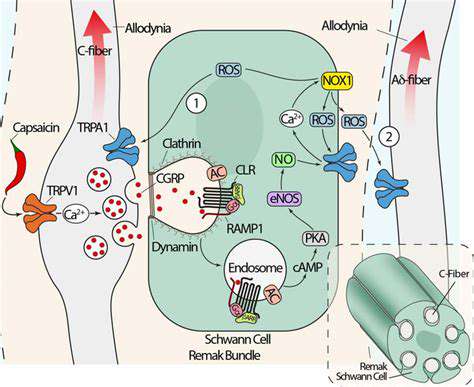
What Are Endorphins?
Endorphins are natural compounds our bodies produce, mainly in specific brain regions. They help control pain and emotional responses. These important molecules function as chemical messengers, influencing various bodily processes. Grasping their role helps us understand their potential effect on headaches.
Our bodies rely on endorphins for natural pain control. Their complex relationship with other brain chemicals like serotonin contributes to how we experience pain and emotional states.
Endorphin Activity and Headaches
Some studies suggest possible connections between reduced endorphin activity and more frequent or intense headaches. People who get migraines often show complex neurological patterns that might affect endorphin production. However, scientists continue investigating this relationship to establish clearer conclusions.
Factors Affecting Endorphin Production
Several elements can influence endorphin levels and potentially trigger headaches. Emotional strain, sleep deprivation, and extreme physical exertion might disrupt normal neurochemical balance, possibly affecting endorphin availability and contributing to headaches.
High-stress periods can substantially lower endorphin levels, potentially making people more vulnerable to headaches. On the other hand, moderate physical activity might naturally increase endorphin production, offering possible preventive benefits.
Natural Ways to Boost Endorphins
Certain activities and experiences can stimulate endorphin release, potentially providing headache relief. Regular moderate exercise is frequently mentioned as a natural method to enhance endorphin levels and reduce headache severity.
Mind-body practices like yoga and meditation may also promote endorphin release, possibly helping manage headache discomfort.
Interaction With Other Chemicals
Endorphins work in concert with other brain chemicals. Their relationship with substances like serotonin and dopamine is crucial for pain perception and emotional health. Serotonin helps regulate mood and pain signals, while dopamine influences motivation and pleasure, both affecting how we experience pain. These complex interactions are key to understanding endorphins' role in headaches.
Ongoing Research and Possibilities
While studies show endorphins' potential role in headaches, much remains to be discovered. Additional research is needed to fully understand how endorphins interact with other chemicals in headache development and progression. Examining specific mechanisms through which endorphins influence headache symptoms could lead to better prevention and treatment methods.
Future studies might explore specific endorphin pathways involved in headaches, potentially leading to more targeted therapeutic approaches.


